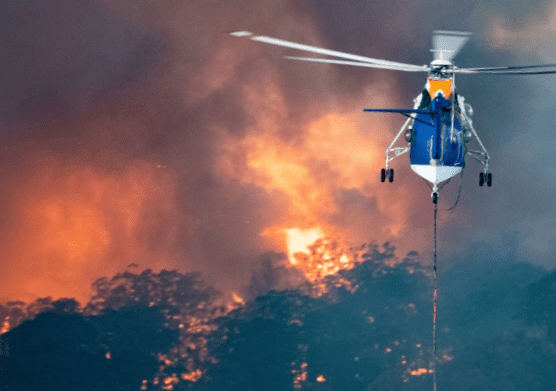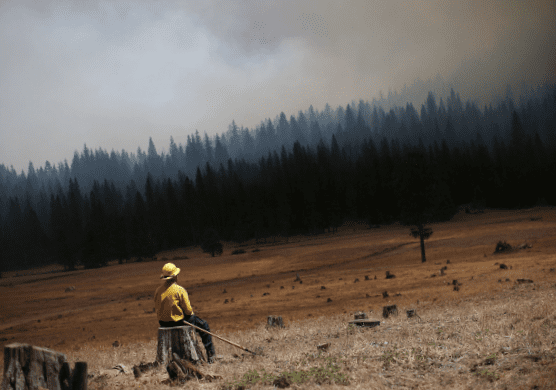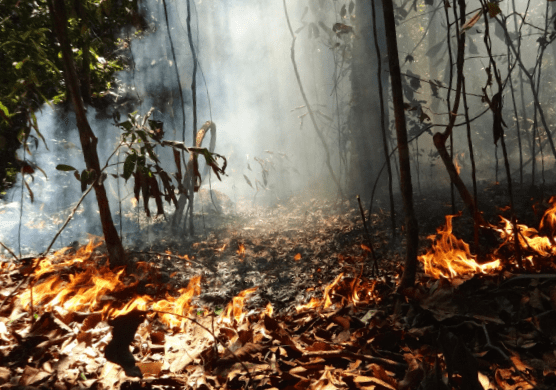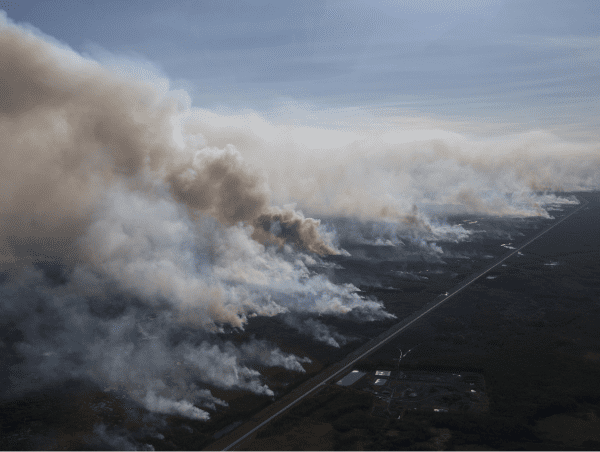Canada Helped Put Out Fires in Australia
The fires in Australia are a real tragedy for the world, and of course, Canada is trying to help. Read about exactly what Canada did and how Australians reacted in this article. Australia was engulfed in fires, but Canada did not stand by and sent its firefighters to the other mainland to fight the fire and try to stop it from spreading. Australia is grateful for the efforts Canada made to help the mainland. When the Canadian firefighters arrived in Australia, they were greeted with applause and cheers. It took the arriving firefighters nearly 16 hours to reach Australia, but…




